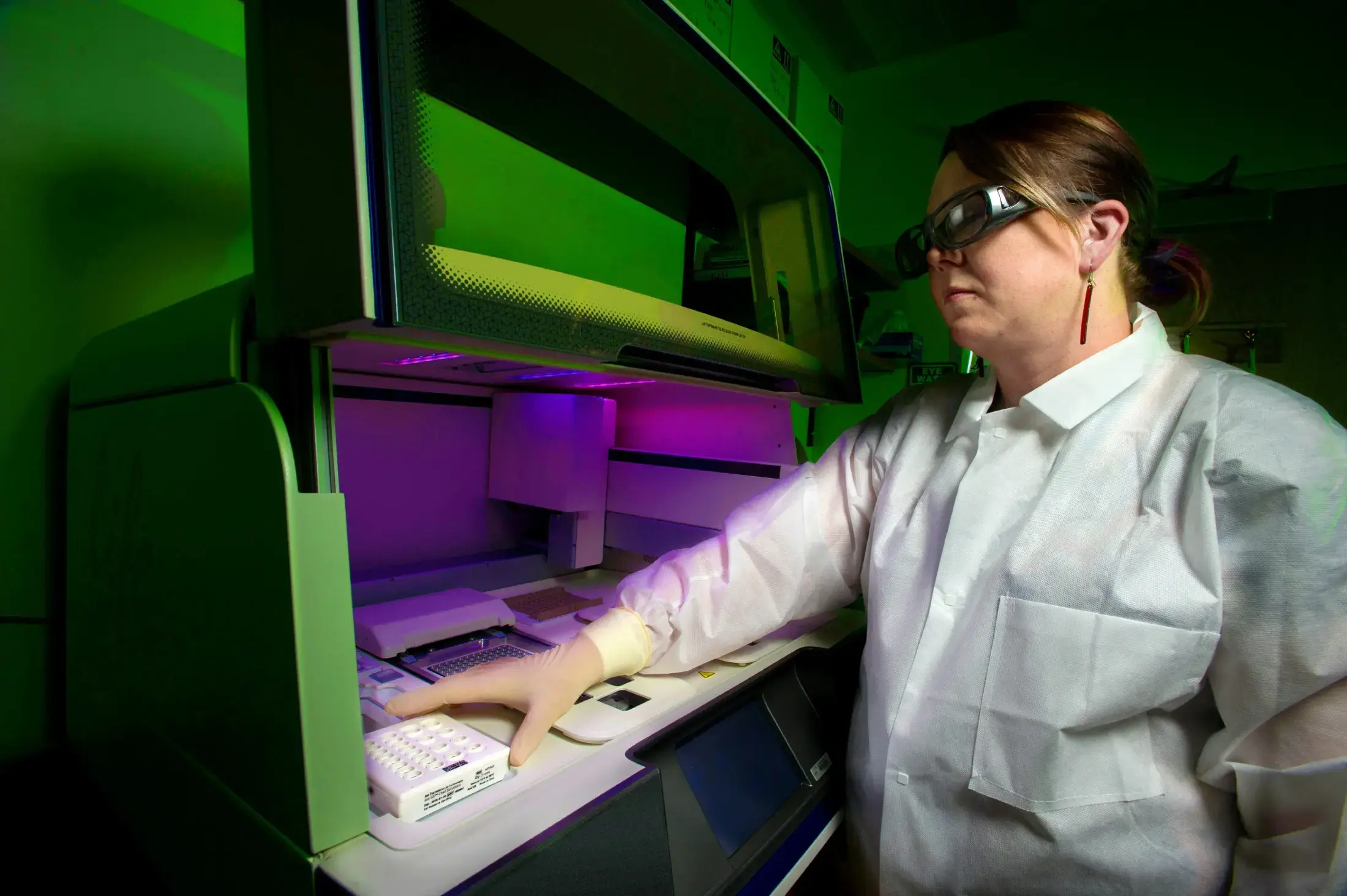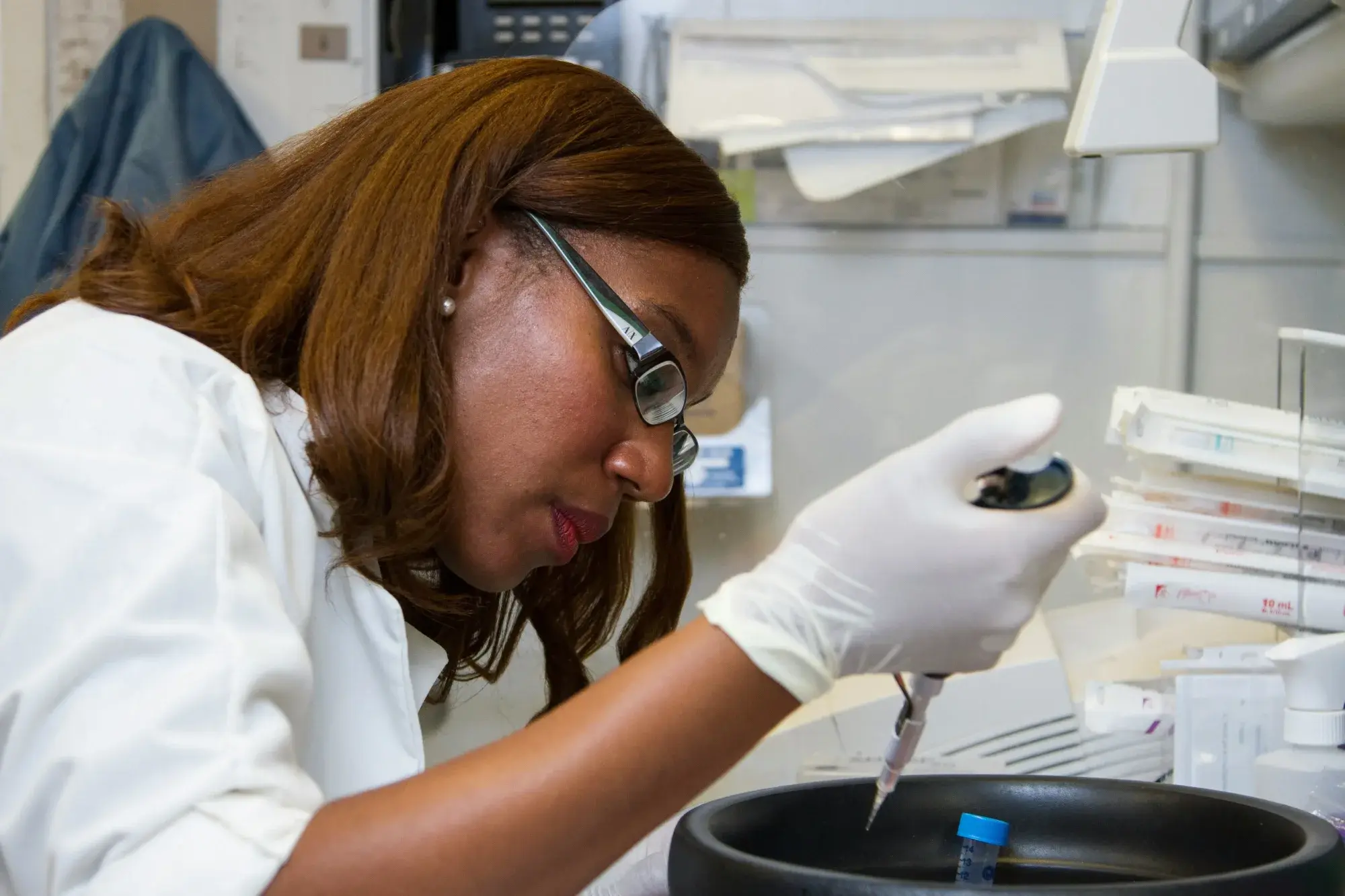Transcriptomics & Metatranscriptomics Analysis
At Cmbio, we offer both Transcriptomics and Metatranscriptomics services to help you delve deeper into the functional activity of microbial communities, pure microbial isolates, and the host tissue. By sequencing and analyzing RNA, you gain valuable insights into gene expression profiles, uncover active metabolic pathways, and understand how microbes respond under various conditions.
Metatranscriptomics and Transcriptomics
At Cmbio, we offer both Transcriptomics and Metatranscriptomics services to help you delve deeper into the functional activity of microbial communities, pure microbial isolates, and the host tissue. By sequencing and analyzing RNA, you gain valuable insights into gene expression profiles, uncover active metabolic pathways, and understand how microbes respond under various conditions.
What Are Transcriptomics and Metatranscriptomics?
-
Transcriptomics focuses on studying RNA transcripts produced by an organism, providing insights into gene expression and regulation in pure cultures.
-
Metatranscriptomics extends this analysis to entire microbial communities within a sample, allowing examination of the functional activity of all microbes present — including bacterial and fungal species.
By analyzing RNA rather than DNA, these approaches reveal which genes are actively being expressed, offering a dynamic view of microbial function that goes beyond genetic potential. This includes identifying up- or down regulated functional pathways and exploring expression patterns under varying conditions like diseases such as inflammatory bowel disease.

Why Choose Transcriptomics or Metatranscriptomics?
-
Direct Measurement of Gene Expression: Understand not just what genes are present, but which ones are actively being transcribed.
-
Functional Profiling: Identify active metabolic pathways and link gene expression to specific phenotypes or conditions, using advanced functional annotations.
-
Mechanistic Insights: Discover the underlying mechanisms driving observed microbial behaviors and interactions.

Our Services

Sample Processing and Sequencing
Our CLIA-certified, GCP-compliant laboratories accept samples globally. We provide:
-
RNA Extraction: Optimized protocols tailored to your sample type to ensure high-quality RNA suitable for sequencing of both host and microbial RNA.
-
rRNA Depletion: Removal of ribosomal RNA to enrich for messenger RNA (mRNA), enhancing the detection of functional genes.
-
cDNA Synthesis: Conversion of RNA to complementary DNA (cDNA) for stable sequencing.
-
Library Preparation and Sequencing: Preparation of cDNA libraries and sequencing using Illumina, Elements or Oxford Nanopore platforms, ensuring high-quality data for in-depth analysis.

Bioinformatics and Data Analysis
Our bioinformatics pipeline includes:
-
Quality Control: Assessment of sequence data to ensure accuracy.
-
Data Processing: Adapter trimming, quality filtering, and removal of ribosomal RNA (rRNA) sequences.
-
Mapping and Annotation: Alignment of sequences to reference genomes, metagenome-assembled genomes (MAGs), or custom databases to identify genes and assign functions.
-
Differential Gene Expression Analysis: Statistical analysis to identify differentially expressed genes under various conditions or treatments, providing insight into relative expression and response patterns.
-
Functional Annotation: Mapping of genes to metabolic pathways, Gene Ontology (GO) terms, functional annotations and other functional categories.

Results and Reporting
You will receive:
-
Detailed Reports: Comprehensive summaries of methods, results, and interpretations including highlights and pathway-level insights.
-
Publication-Ready Figures: High-quality visualizations suitable for presentations and publications, illustrating differentially expressed genes and expression patterns in complex microbial communities.
-
Raw Data Access: Availability of raw sequencing data and result files for further analysis.
.webp)
Transcriptomics and Metatranscriptomics Applications
Transcriptomics and metatranscriptomics are powerful tools for:
-
Human Health and Disease Research: Explore gene expression changes in microbial communities associated with health conditions such as inflammatory bowel disease.
-
Pharmaceutical and Nutritional Studies: Analyze how interventions affect different bacterial species’ gene expression and function.
-
Agricultural and Environmental Research: Investigate microbial activity in soils, water, and other ecosystems.
-
Mechanism of Action Studies: Uncover how microbes respond to specific treatments or environmental changes through changes in gene expression.
-
Probiotic and Live Biotherapeutic Product Development: Characterize and evaluate potential therapeutic microbes through host and microbial transcriptomics.

Why Choose Cmbio?
-
Expertise: Our team has extensive experience in RNA-based workflows and microbial gene expression analysis.
-
Customized Solutions: We tailor our services to meet your specific research objectives and sample types.
-
Advanced Technology: Utilizing the latest sequencing platforms and bioinformatics tools for accurate and insightful results.
-
Quality Assurance: Adherence to strict quality control standards ensures reliable and reproducible data.
Metatranscriptomics Analysis FAQs
How are functional annotations relevant to metatranscriptomics analysis?
In the metatranscriptomics analysis pipeline, functional annotations play a vital role in interpreting the biological meaning behind the RNA sequencing data. After mapping reads to reference genomes or genetranscriptome databases, functional annotation assigns identified genes to known pathways, enzyme functions, and ontology terms.
What are the key applications of differential expression analyses?
Differential expression analysis highlights which genes are more or less active under different conditions, making it essential for understanding functional shifts in microbial communities. In metatranscriptomics, it’s used to compare gene activity between healthy and diseased states, such as inflammatory bowel disease, or to assess how microbes respond to dietary, pharmaceutical, or environmental changes.
This analysis helps reveal active pathways, host–microbe interactions, and potential targets for probiotics or therapeutics by linking gene expression to real-world biological outcomes.